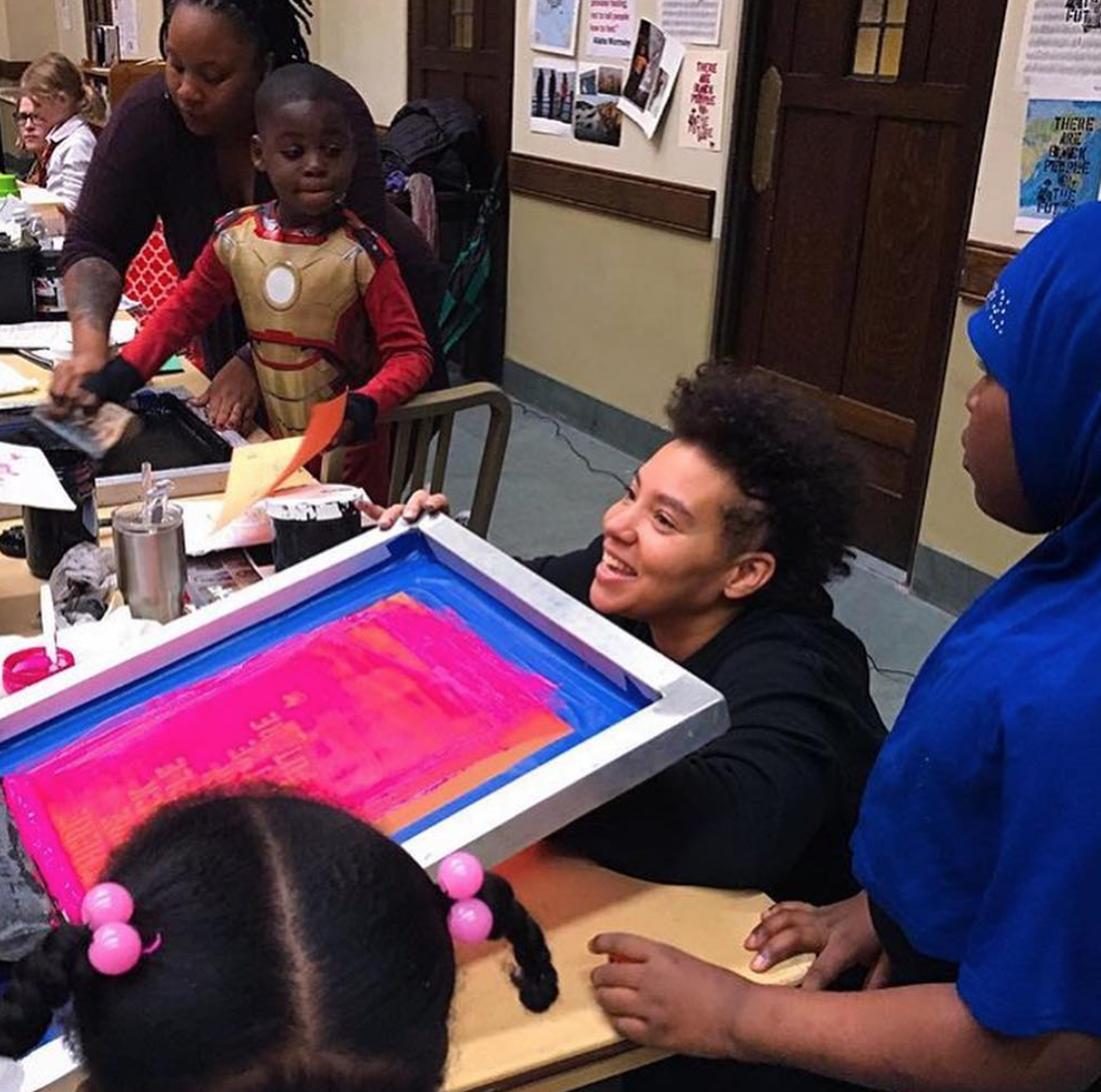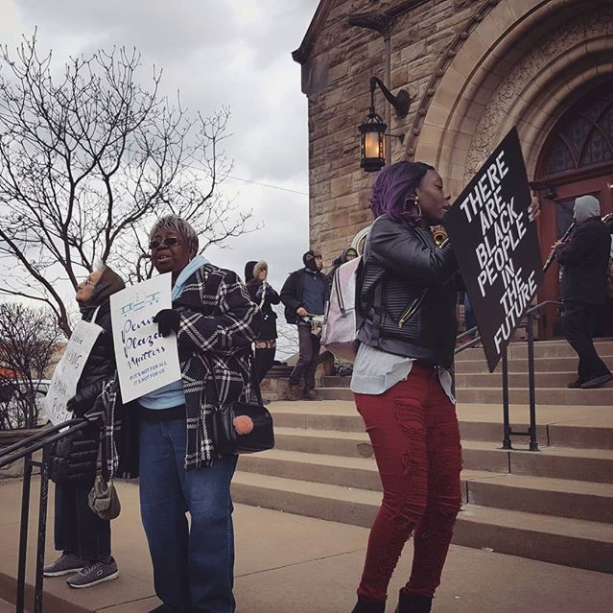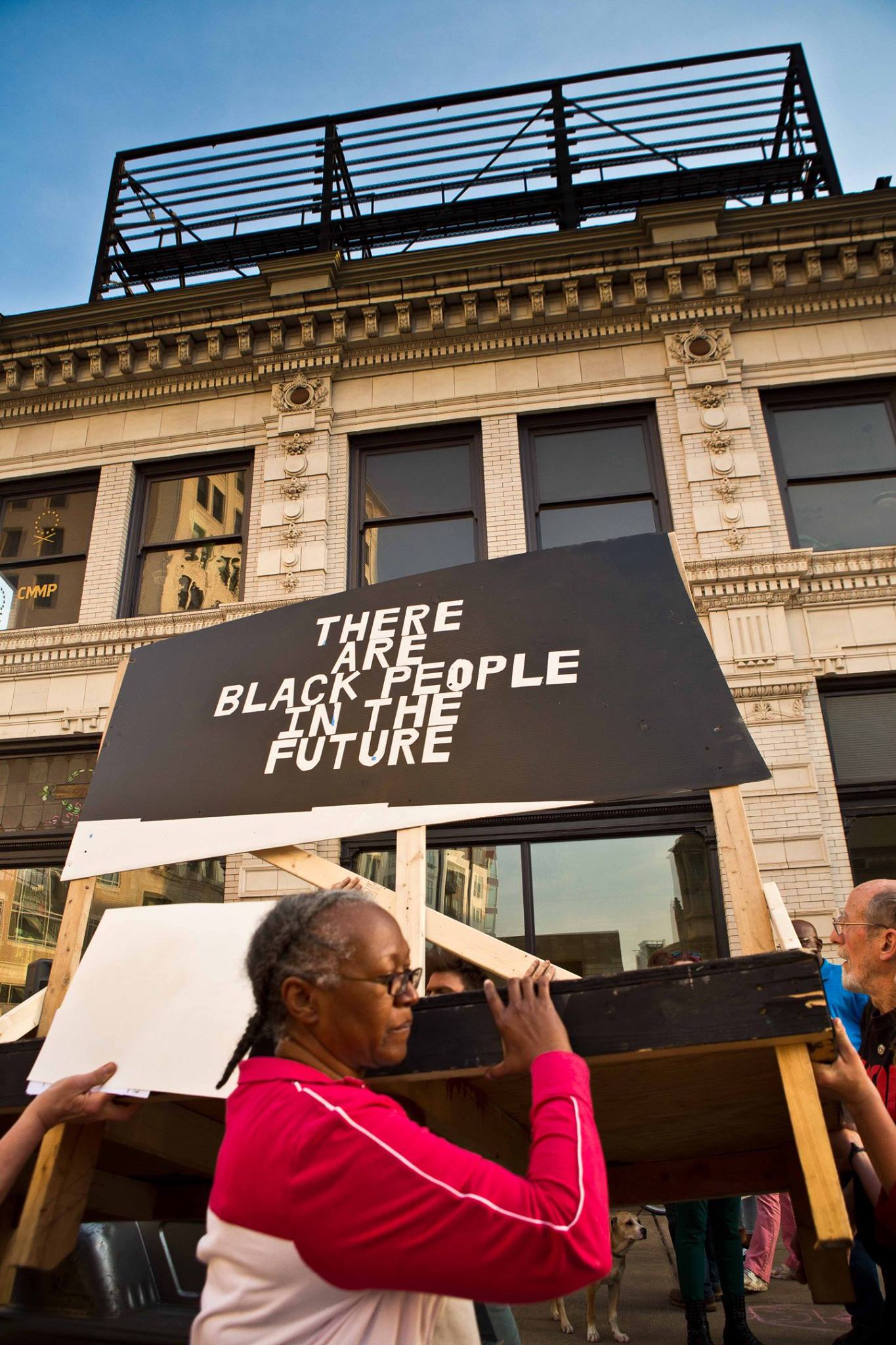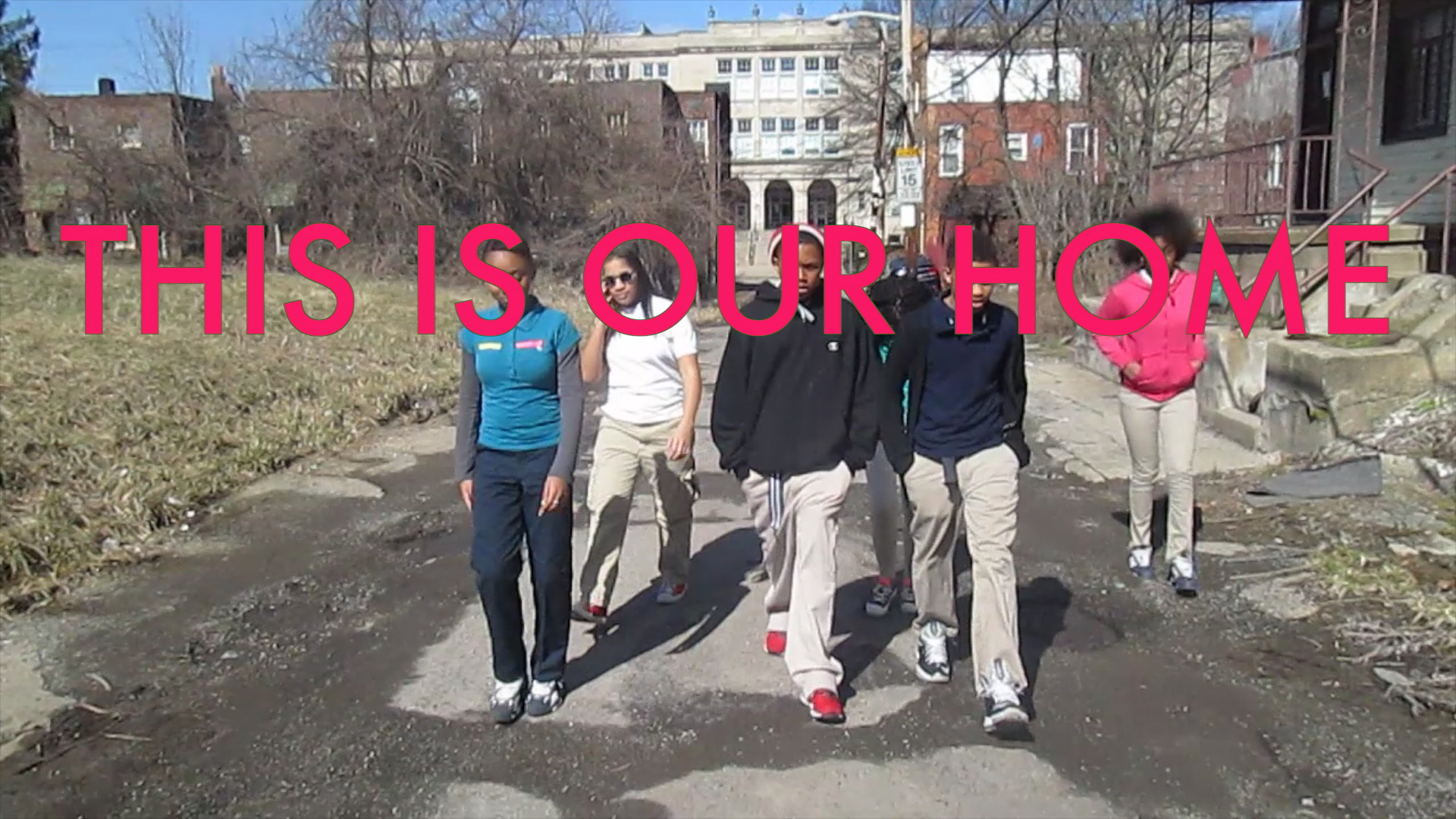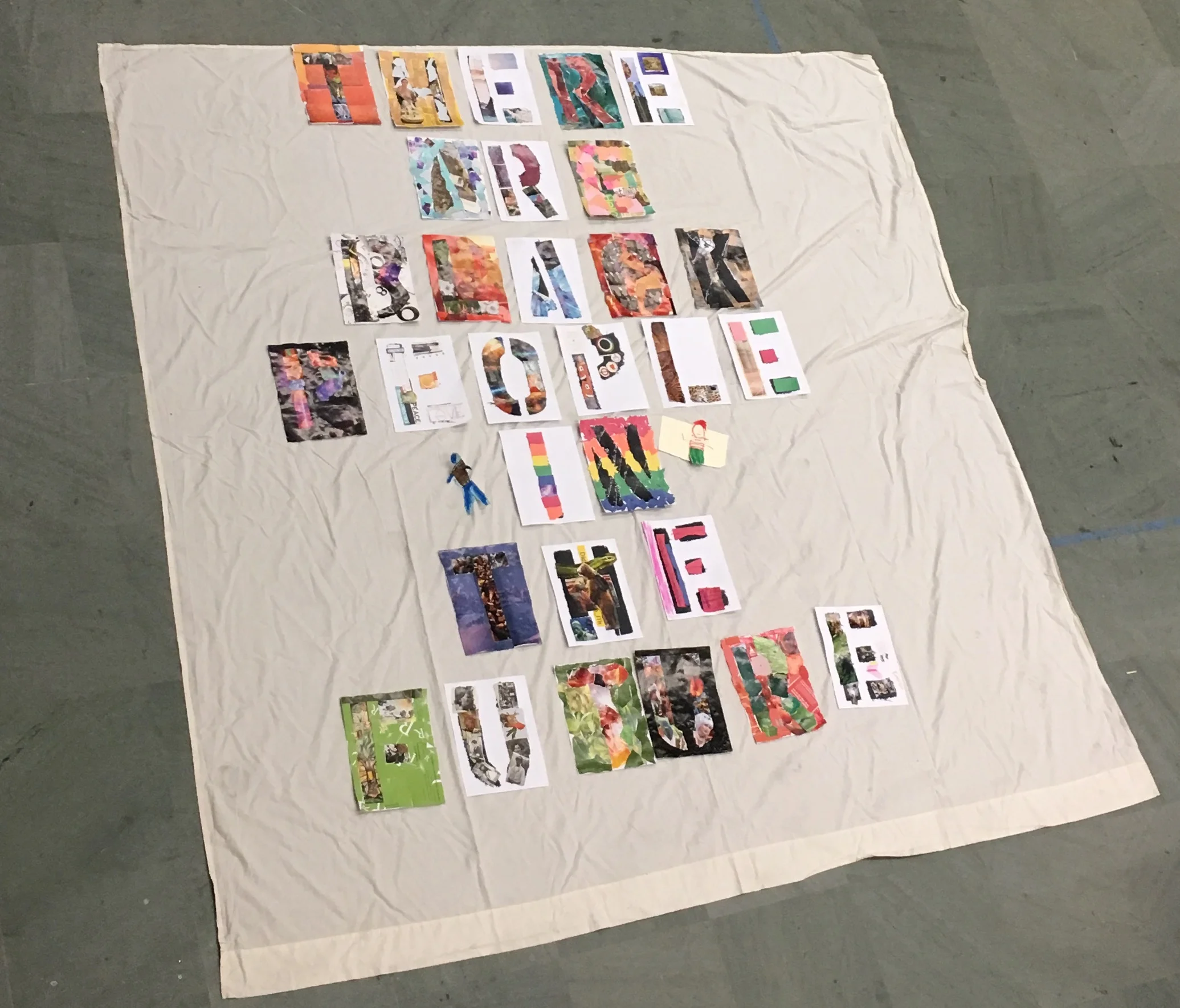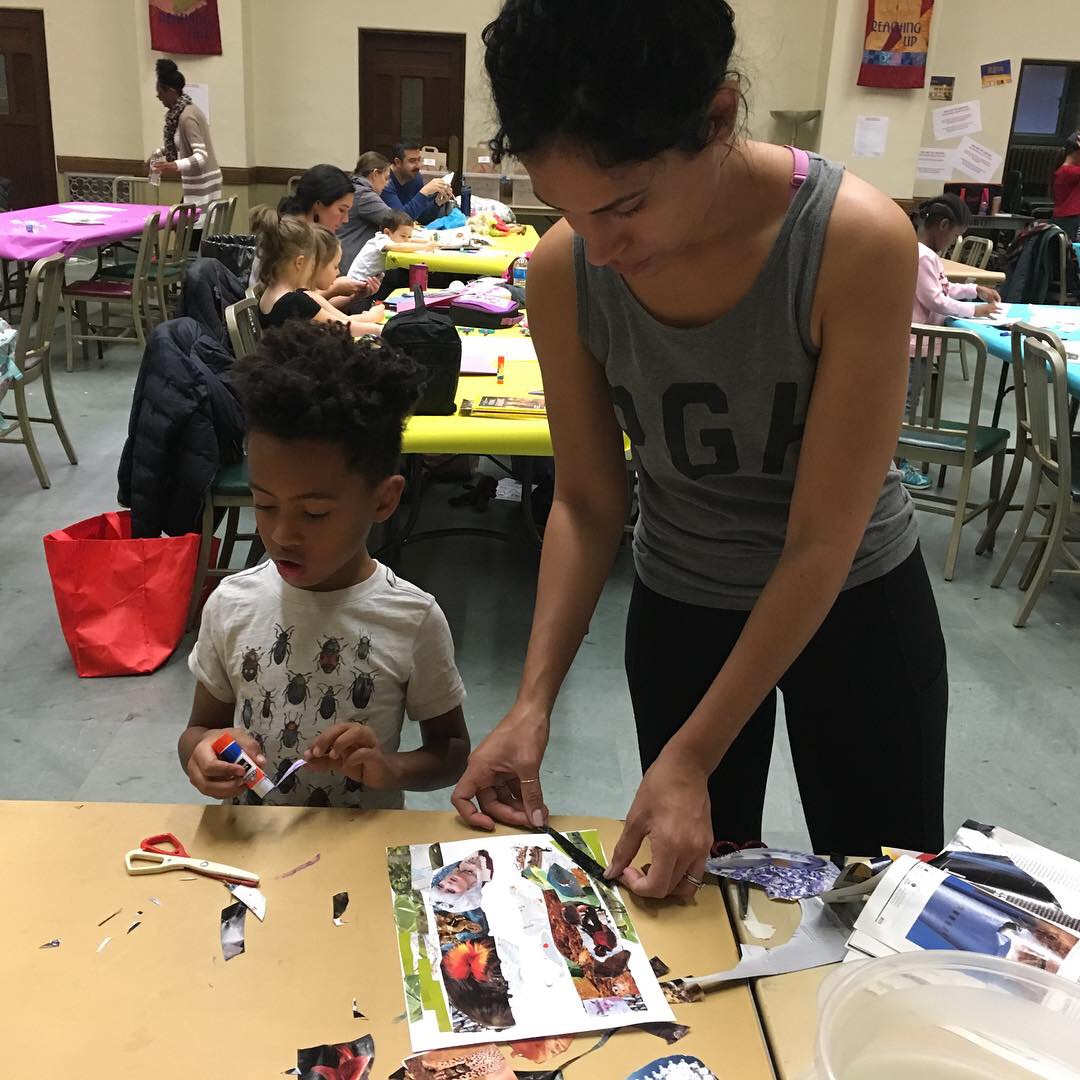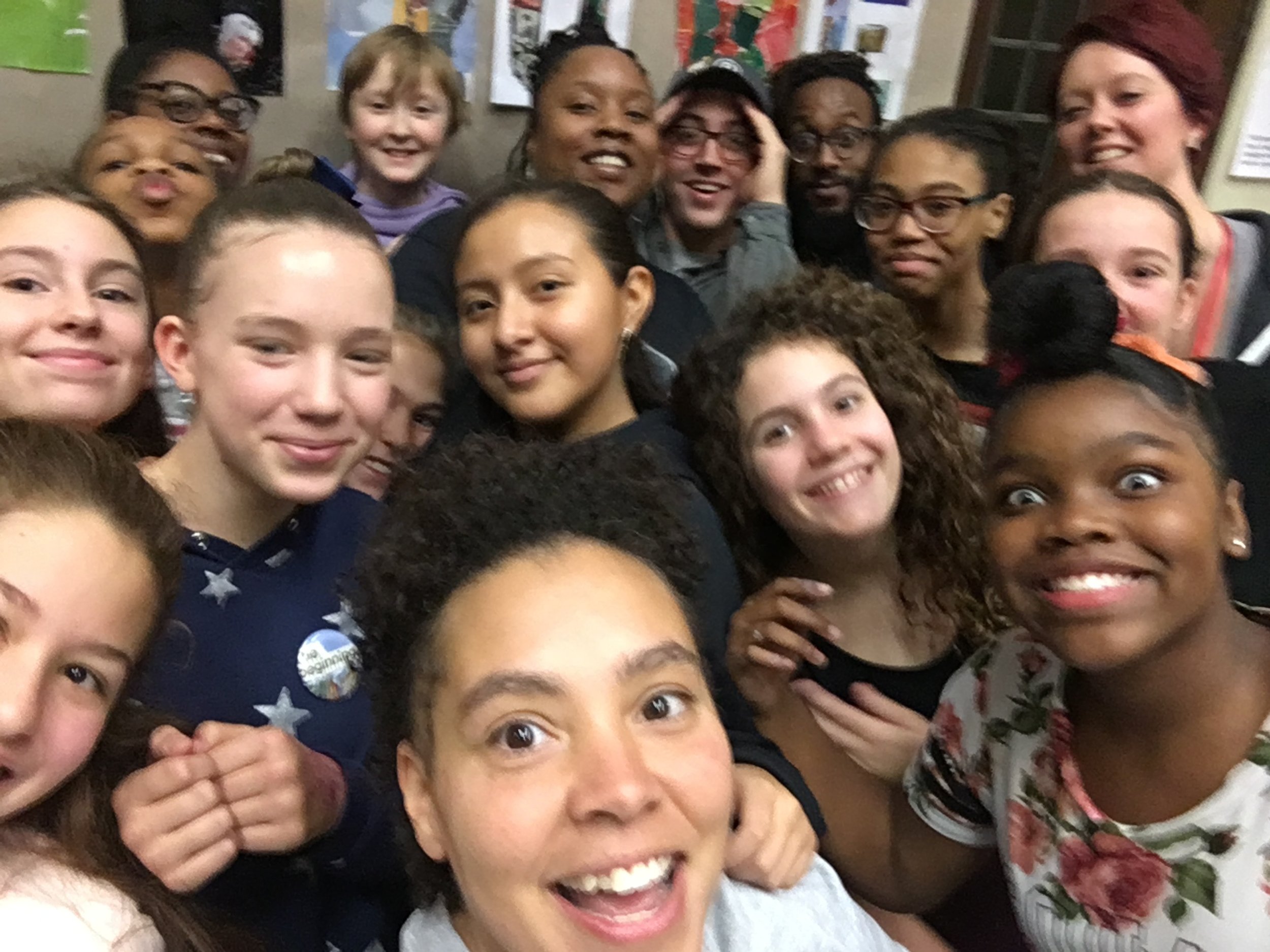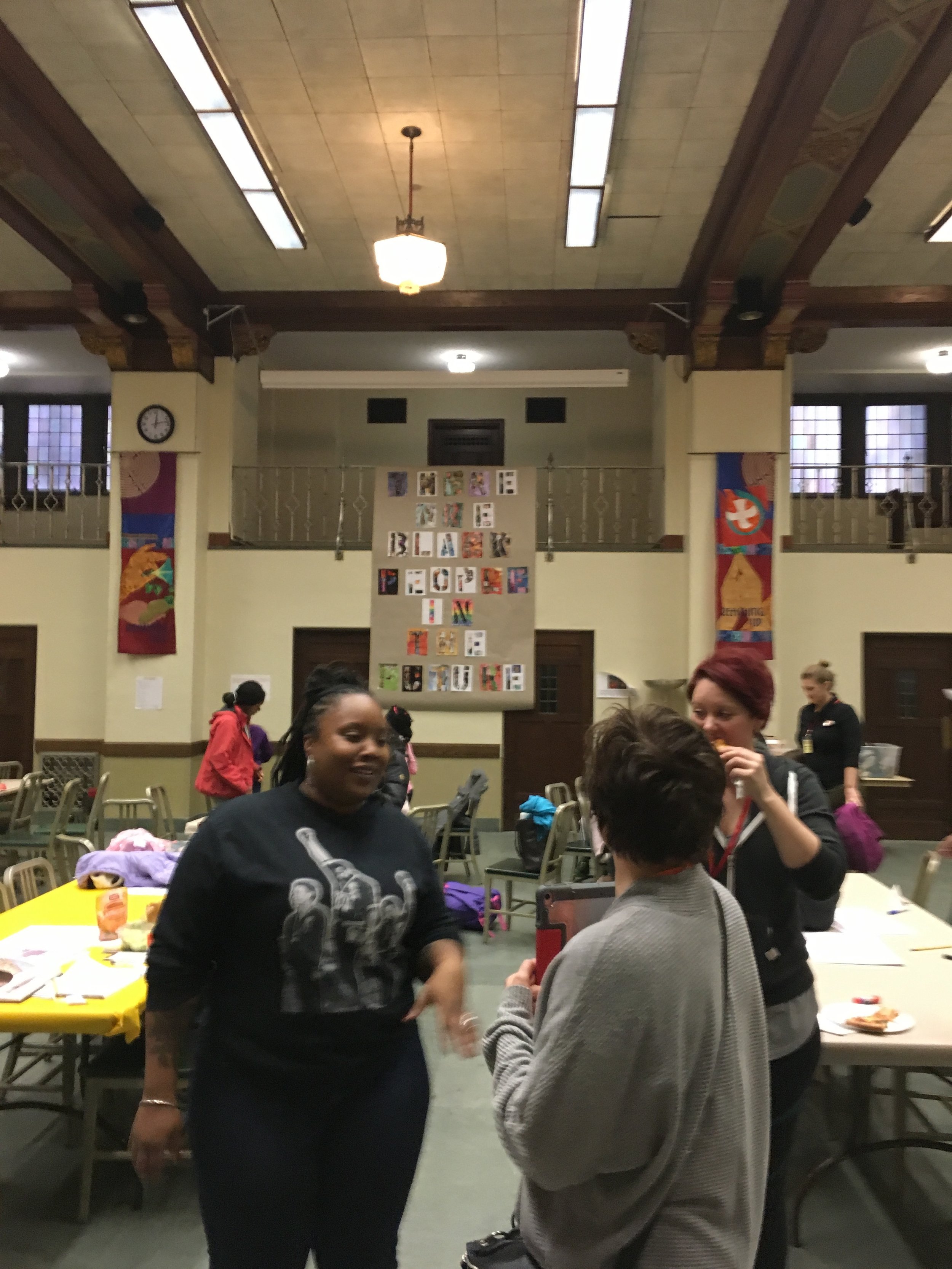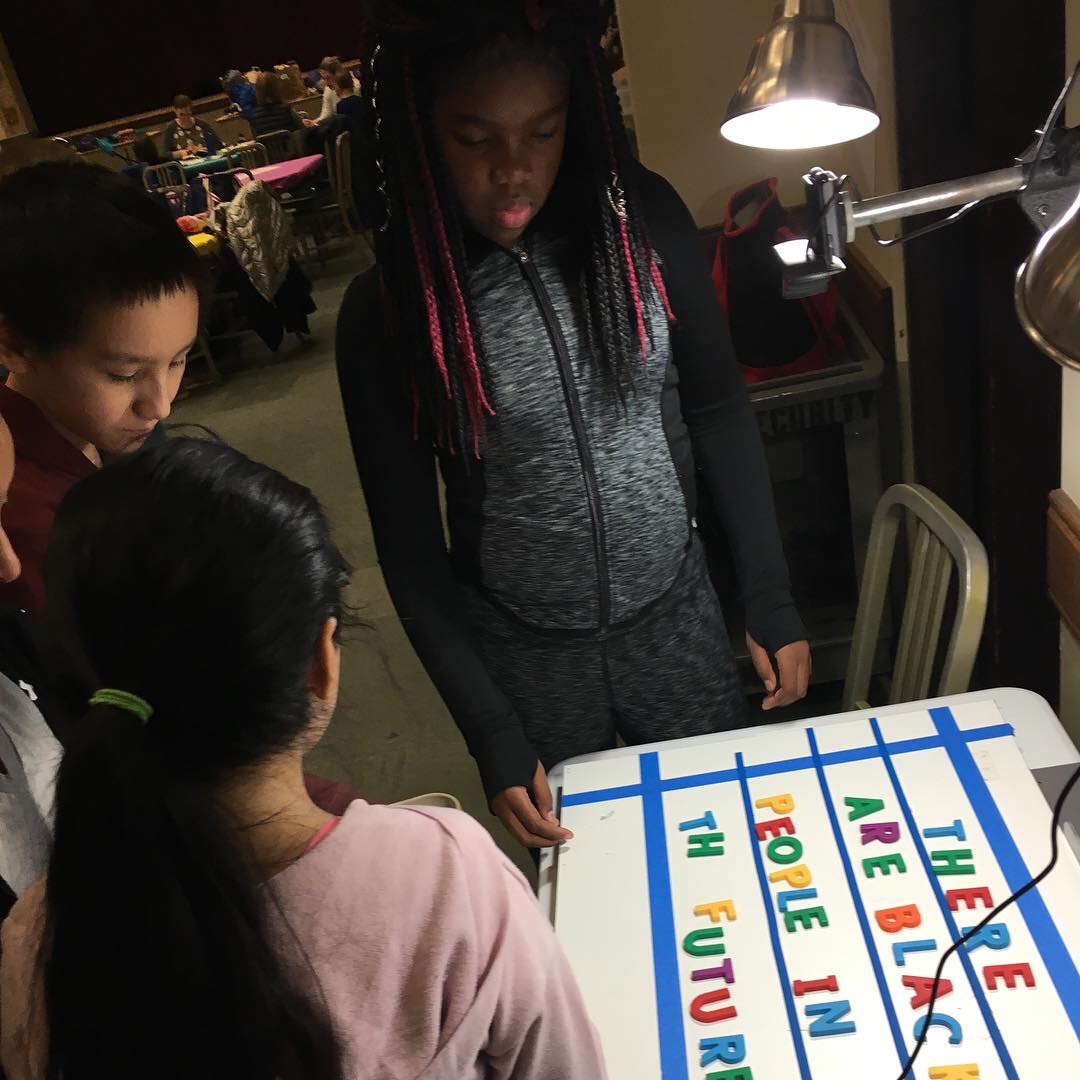News and Information
Divya Rao Heffley, Office of Public Art
412-391-2060 x250 dheffley@pittsburghartscouncil.org
Artist Alisha Wormsley’s There Are Black People in the Future
will become an Artwork-in-Residence
Wormsley will launch new residency in collaboration with the Office of Public Art
Pittsburgh, PA…January 10, 2019… The Office of Public Art (OPA) is pleased to announce the launch of artist Alisha Wormsley’s There Are Black People in the Future as an artwork-in-residence in the East End of Pittsburgh. Through the residency, Wormsley, with support from artist Jon Rubin, will engage community members in East Liberty, Bloomfield, Garfield, Larimer, and Homewood to help envision the next manifestation of There Are Black People in the Future, an ongoing body of work that Wormsley began developing in 2012. The artwork-in-residence will include workshops and community conversations to engage the Pittsburgh community in dialogue about the work’s meaning and intentions. In addition, artists, teachers, and community members are invited to submit proposals on how they might explore the relevance of Wormsley’s text in their own communities. If selected, each awardee will receive an honorarium of $1,200 to implement their proposal. An information session about this opportunity will be held on Thursday, January 17, 2019 from 5:30 – 6:30 PM at the Carnegie Library of Pittsburgh – East Liberty, located at 130 South Whitfield Street, Pittsburgh, 15206. For more information and a link to the application, please visit: thereareblackpeopleinthefuture.com.
The artwork-in-residence is a response to the events of April 2018, during which Wormsley’s text was removed without her consent from the billboard on which it was displayed. The text was the latest iteration of Rubin’s The Last Billboard project, housed on a 36-foot-long billboard on a building at the corner of Highland Avenue and Baum Boulevard in East Liberty. The artwork was removed by the building owner after reports of developer complaints. The artwork’s removal and the subsequent outcry of strong community support for the work garnered attention in local and national media. Although she was later invited to reinstall the work, Wormsley chose not to.
At the time of the artwork’s removal, Wormsley wrote: “I am deeply saddened by its removal. And yet I am comforted by how my Pittsburgh has stood up! I think we all know what it is to have discomfort. Let’s begin to work on methods to constructively investigate that discomfort without using power over anyone or anything else. It is not my calling to lead people in any given direction. An artist who inspires me told me, ‘Your job is to promote thought, not to tell people how to think. To provoke feeling, not to tell people how to feel.” Wormsley’s full statement can be read here.
In response to the outcry, Wormsley and Rubin proposed the artwork-in-residence initiative, which will unfold over the course of 2019. OPA is supporting the residency, including providing project management and staff support. The artwork-in-residence is generously being funded by The Heinz Endowments.
“I realized how much of a privilege it is to simply decide what you want,” says Wormsley. “I want to give that to this community. They didn’t ask for the text. But they protested its removal and many have asked for the text to return in another form. I hope through this residency the community has time to process and share their feelings on the work.”
Through the residency, Wormsley intends to create a precedent for listening to members of the community. This collaborative effort will explore how artists and residents can collectively catalyze conversations that promote positive change in social and civic spaces. The artwork-in-residence will support the community in a process that will help decide if the text should have a temporary or ongoing presence in the East End. Programmatic support and professional development opportunities will be provided for artists and design professionals who may be unfamiliar with working with communities in the public realm. Wormsley and Rubin further hope to build capacity among landlords and developers for engaging artists in the development of current and future spaces in both public and private realms. Additional information about the residency, including a timeline, can be found at: thereareblackpeopleinthefuture.com.
“As OPA stated at the time of the text’s removal, Alisha’s work is a positive affirmation that Black people are part of our community, including the past, the present, and the future. Placed in East Liberty, where change has come at a rapid and frankly disorienting pace, her work takes on new meaning.” said Sallyann Kluz, Director of the Office of Public Art. “By putting the artwork in residence with the community, this initiative aims to foster critical conversation about the transformation of our neighborhoods and build effective avenues for advocacy, healing, and activism. As an artwork-in-residence, There Are Black People in the Future makes manifest OPA’s vision for artist-led engagement in the civic, social, and public realms.“
For more information, please visit: thereareblackpeopleinthefuture.com.
About Alisha B. Wormsley
Alisha B. Wormsley is an interdisciplinary artist and cultural producer. Her work is about collective memory and the synchronicity of time, specifically through the stories of women of color. Wormsley’s work has been honored and supported by a number of awards and grants including: The People are the Light; afronaut(a) film and performance series, Homewood Artist Residency (winner of the Mayor’s Award for Public Art); the Children of NAN video art series; and There Are Black People in the Future body of work. These projects and works have been exhibited widely, including at the Andy Warhol Museum, the Octavia Butler conference at Spelman University, Carnegie Museum of Art, Johannesburg, South Africa, HTMlles in Montreal, Project Row House, the Houston Art League, Rush Art Gallery in New York, and the Charles Wright Museum in Detroit. Wormsley is the winner of the 2018 Carol R. Brown Creative Achievement Award for Emerging Artists.
About Jon Rubin
Jon Rubin is an interdisciplinary artist who creates interventions in public life that re-imagine individual, group, and institutional behavior. His projects include starting a radio station in an abandoned neighborhood that only plays the sound of an extinct bird, running a barter-based nomadic art school, operating a restaurant that produces a live video talk show with its customers, and co-directing another that only serves cuisine from countries with which the United States is in conflict. Rubin is an Associate Professor and Graduate Director in the School of Art at Carnegie Mellon University.
About the Office of Public Art
Office of Public Art (OPA) is the leading agent and advocate for public art in Southwestern Pennsylvania. Founded in 2005, OPA is located at the Greater Pittsburgh Arts Council and works with communities and artists throughout the region by providing public art education, commissions, project management, artist selection, and artist residencies in the public realm. OPA collaborates with individuals and organizations in both the public and private sector. For more information, visit: publicartpittsburgh.org.


